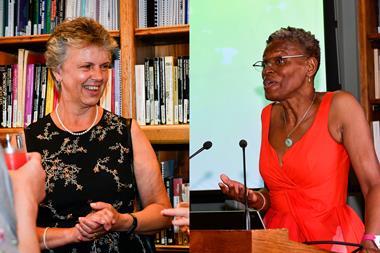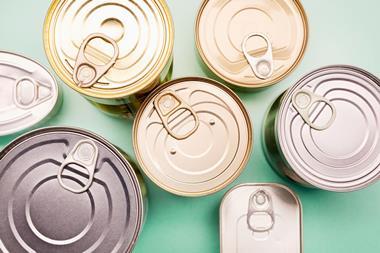A team of Japanese and Korean researchers has mixed together banana- and rod-shaped molecules to give surprising results.
A team of Japanese and Korean researchers has mixed together banana- and rod-shaped molecules to give surprising results which could herald a new way of making electronic components.

Neither of the molecules is chiral, but despite this the molecules can form chiral phases, known as B phases. When the team, led by Yoichi Takanishi at the Tokyo Institute of Technology, Japan, cooled the molecular mixture they found that one of these phases, B4, forms spontaneously. They also discovered domains that are much larger than any seen before, with areas of tens of square millimetres. The B4 phase can rotate light and affect electromagnetic fields, so these large domains could provide a useful new way of making electro-optical components.
Chiral phenomena are important in many chemical reactions, in particular in life science.
The researchers hope that their large domains will make chiral effects easier to see and investigate, and will lead to a better understanding of how chiral phases form and how they might be controlled.
Clare Boothby
References
(DOI: 10.1039/<MAN>b507875j</MAN>)






No comments yet